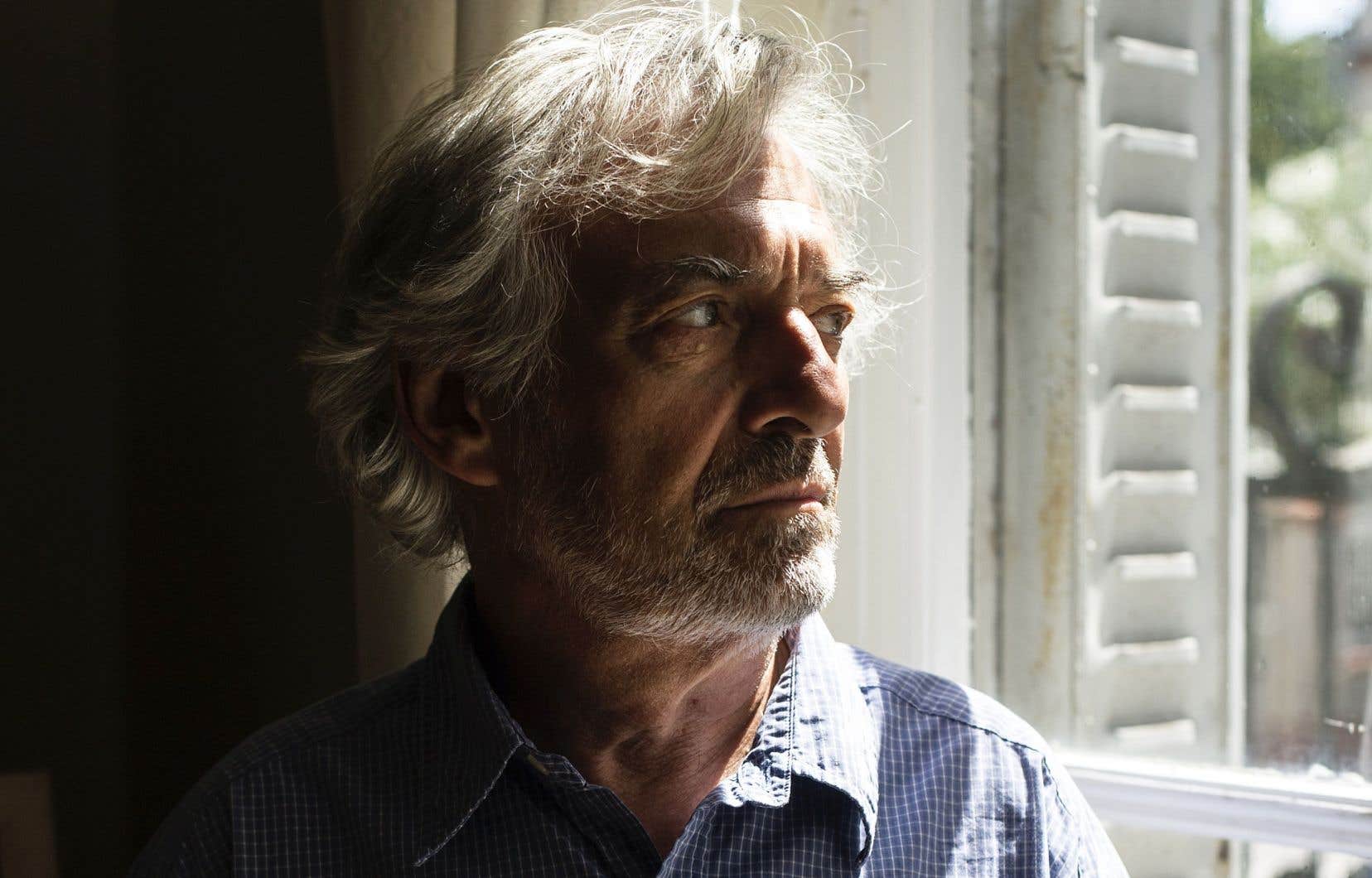When Paul Sorensen learned that his father had died of a stroke in a seniors’ home in Montreal, he had his body repatriated to Toulouse, visited it in the morgue and, pointing his rifle at his head, took the opportunity to kill him with new.
For this attempted homicide on a corpse, Paul is sentenced to one year in prison and subject to an obligation of care. For twelve months, he will have to trace the thread of his existence with the Dr Guzman, and unravel the circumstances which led him to want to destroy a progenitor who we quickly guess is cruel and monstrous.
With The origin of tears, Jean-Paul Dubois delivers a tormented novel, among the darkest of his work. By choosing to place his story in 2031, in Toulouse which has been plagued by torrential rains for two years, the Goncourt-winning author for Not all people live in the world in the same way. (de l’Olivier, 2019) gives free rein to his pessimism, reverberating climate change in the storms that rumble in the mind of his protagonist.
Crossed by the motif of water, the novel fills in – through rather conventional narrative devices focused on the abundance of precipitation and other aquatic references – the absence of tears on the cheeks of a Paul driven by a hatred which does not offers no space to mourn one’s sacrificed childhood.
Thus the reader encounters on his path the figure of the Korean painter Kim Tschang-yeul, who devoted his career to painting drops of water, and that of the poet Samuel Taylor Coleridge — “ Water, water everywhere. Nor any drop to drink » — as well as that of Jonas, a solitary navigator documenting his crossing to the Pole on the Web. Even the Dr Guzman suffers from a rare, acute conjunctivitis that forces him to interrupt all sessions to wipe and treat the tears spilling out of the corners of his eyes.
Jean-Paul Dubois also revisits several themes that are dear to him: filiation, familiarity with death, conflicting father-son relationship. Of course, Paul, this protagonist who, always under the same name, but with different identities, crosses the entirety of the author’s work to cast a melancholy, distressed and defeatist look at his fellow men and the world they live in. live.
Although we can respect the literary enterprise, the recurrence risks with each new book falling on the side of repetition. Here, while the narration unfolds in a psychoanalytic framework, the redundancy echoes the numerous discursive repetitions and the obsessions of the main character.
The novel, however, remains haunted by the presence of its author, for better and for worse, who this time bets on a grating irony which, although full of wit, leaves little room for hope.
